Victoria Uni MATH 132 Assignment 5: Linear Equations and Graphs
VerifiedAdded on 2022/12/29
|12
|1256
|68
Homework Assignment
AI Summary
This assignment solution addresses problems related to linear equations, focusing on finding equations of lines, determining x and y-intercepts, and understanding the concepts of parallel and perpendicular lines. The questions involve finding the equation of a line given its relationship (parallel or perpendicular) to another line and a point it passes through. The solution also covers calculating the gradient of a line and using it to find the equation of a perpendicular line, as well as determining x and y intercepts for various linear equations. The assignment covers different scenarios involving linear equations, providing a comprehensive understanding of the concepts. The solution provides step-by-step explanations and calculations to arrive at the correct answers for each question, making it a useful resource for students studying linear equations. The assignment covers topics such as finding equations of lines, calculating intercepts, and understanding parallel and perpendicular lines, and it's designed to help students improve their understanding and problem-solving skills in linear algebra.
1 out of 12
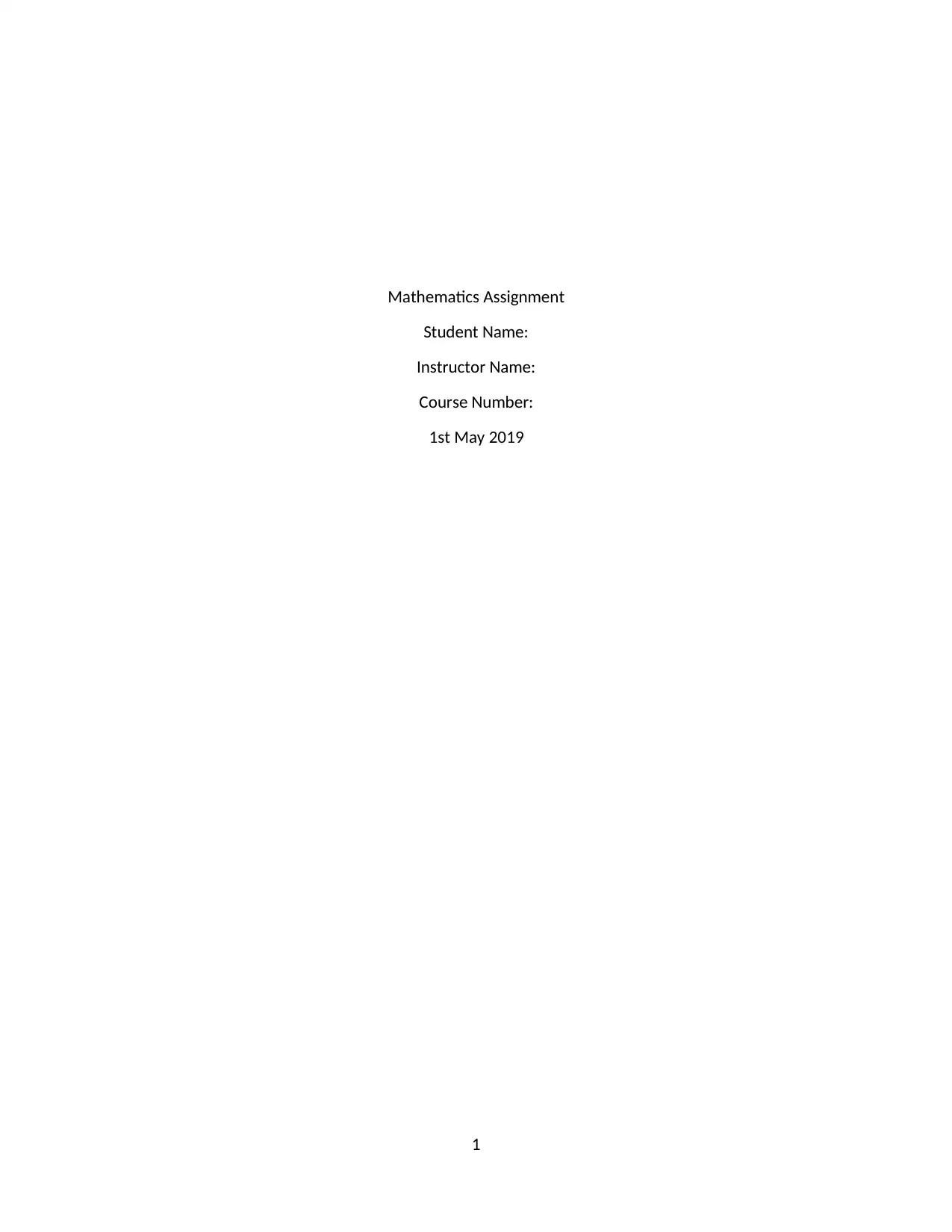
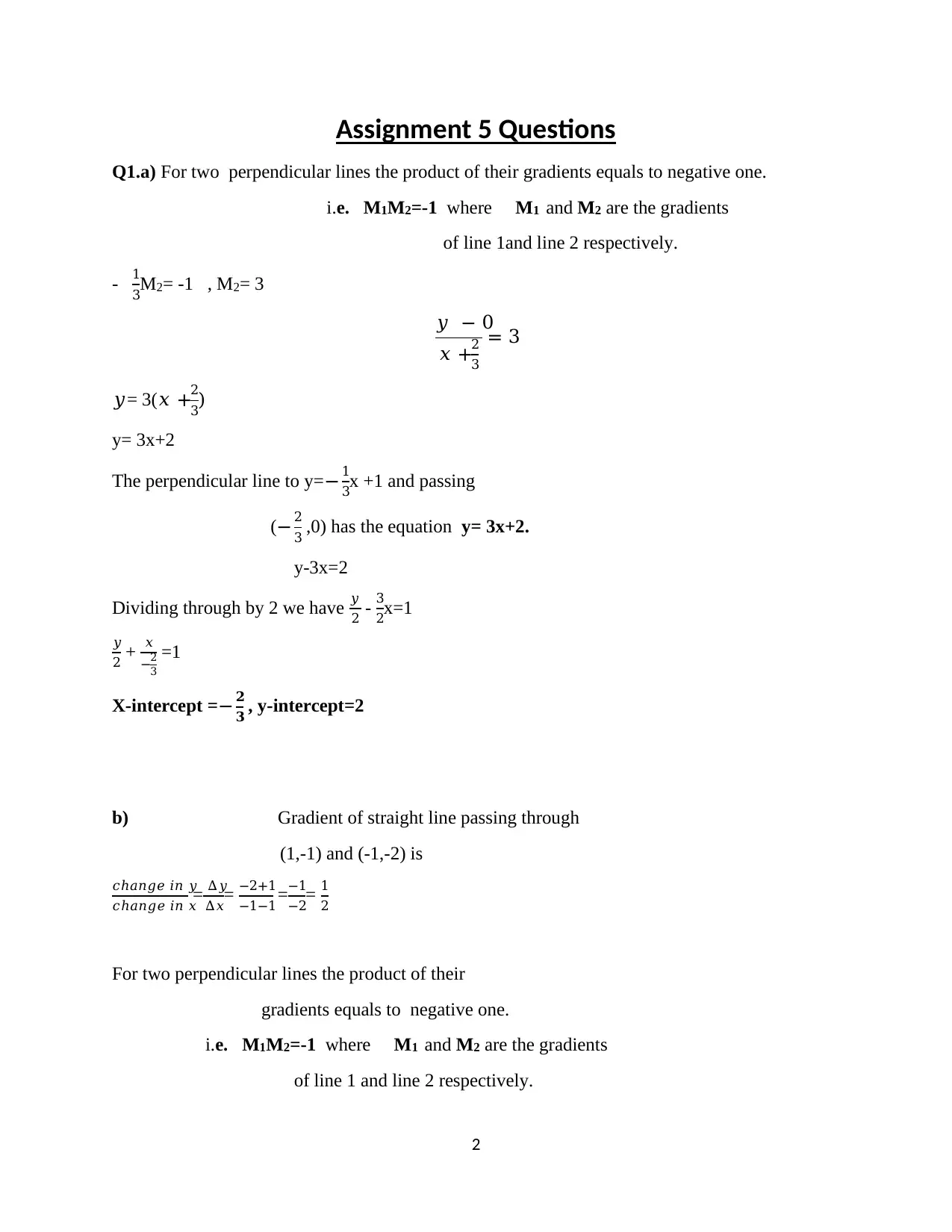
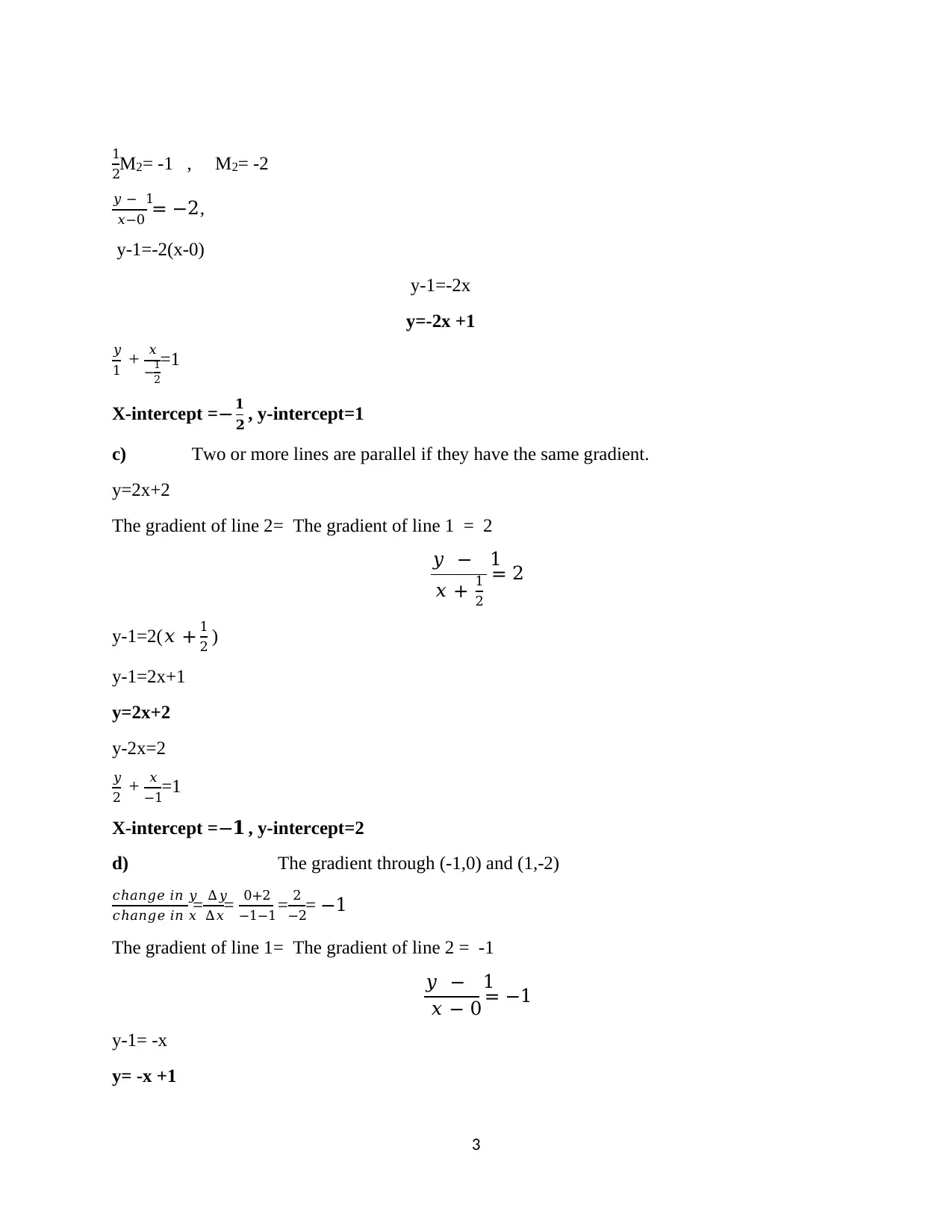

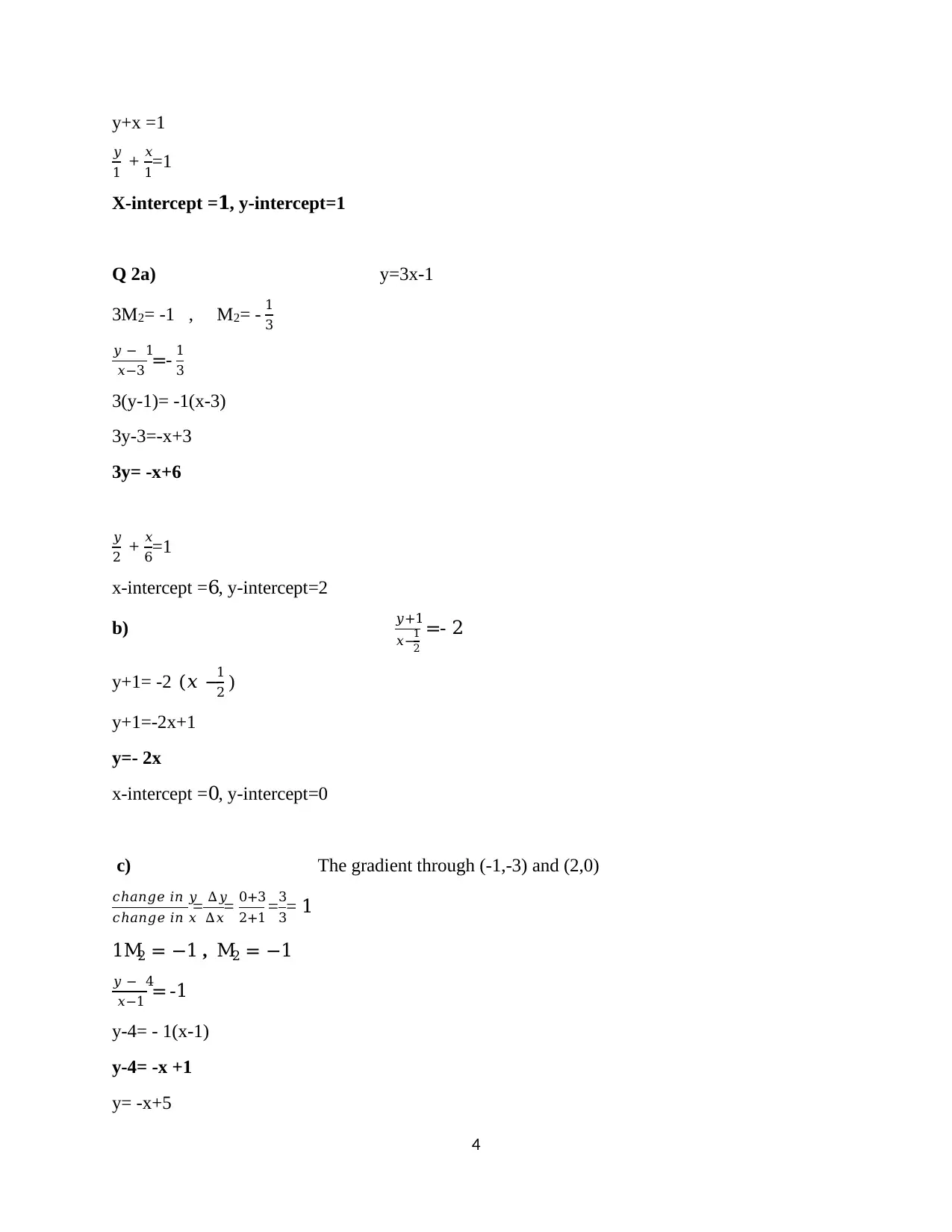
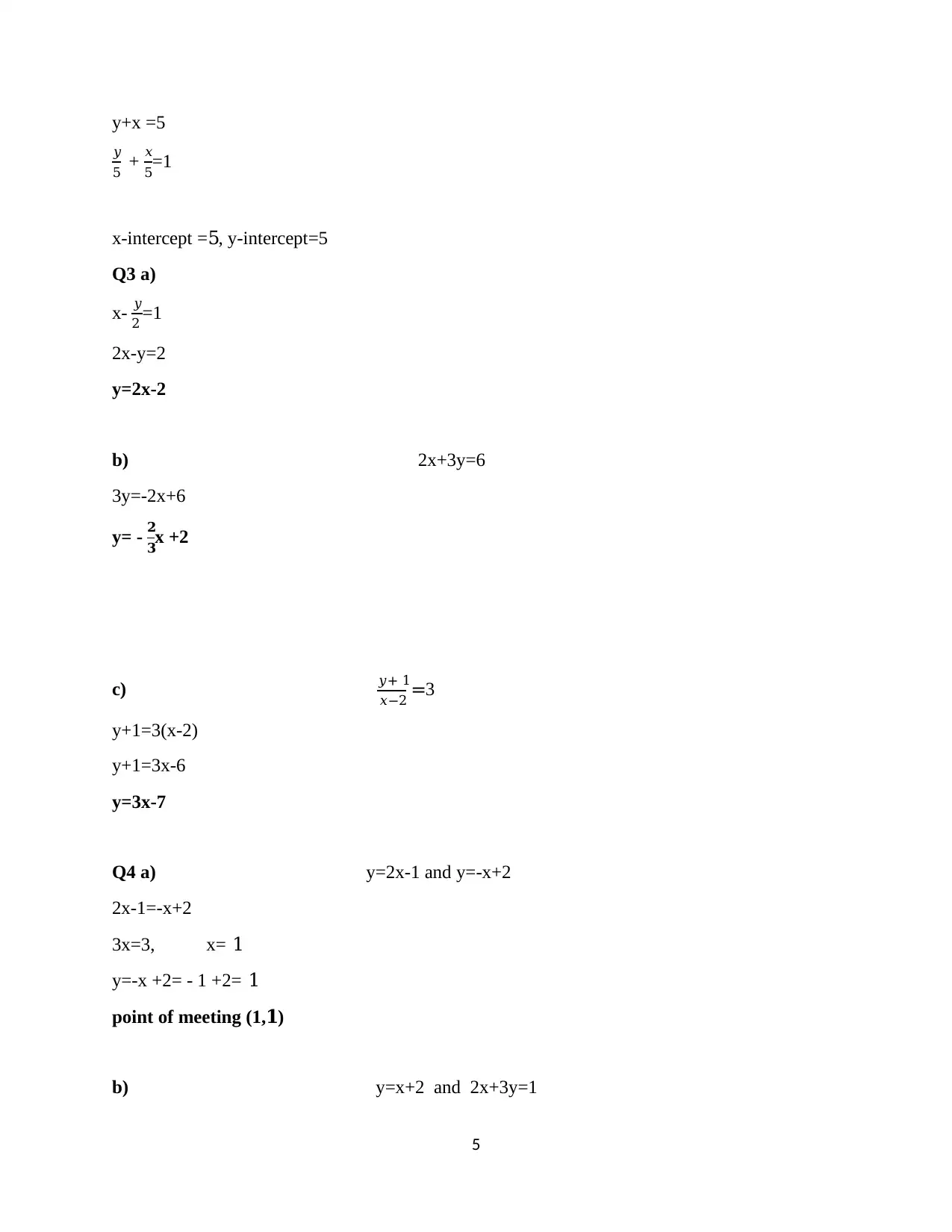
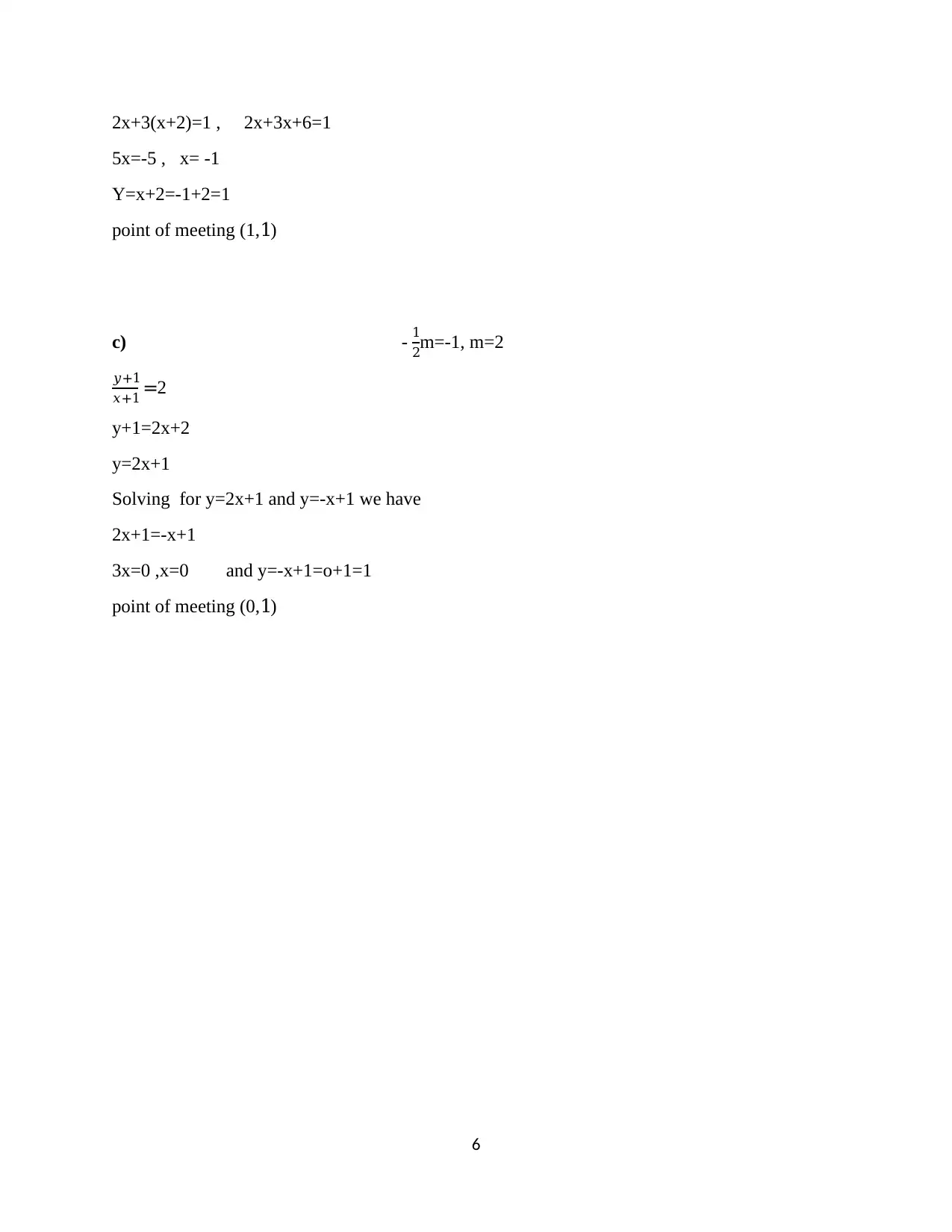
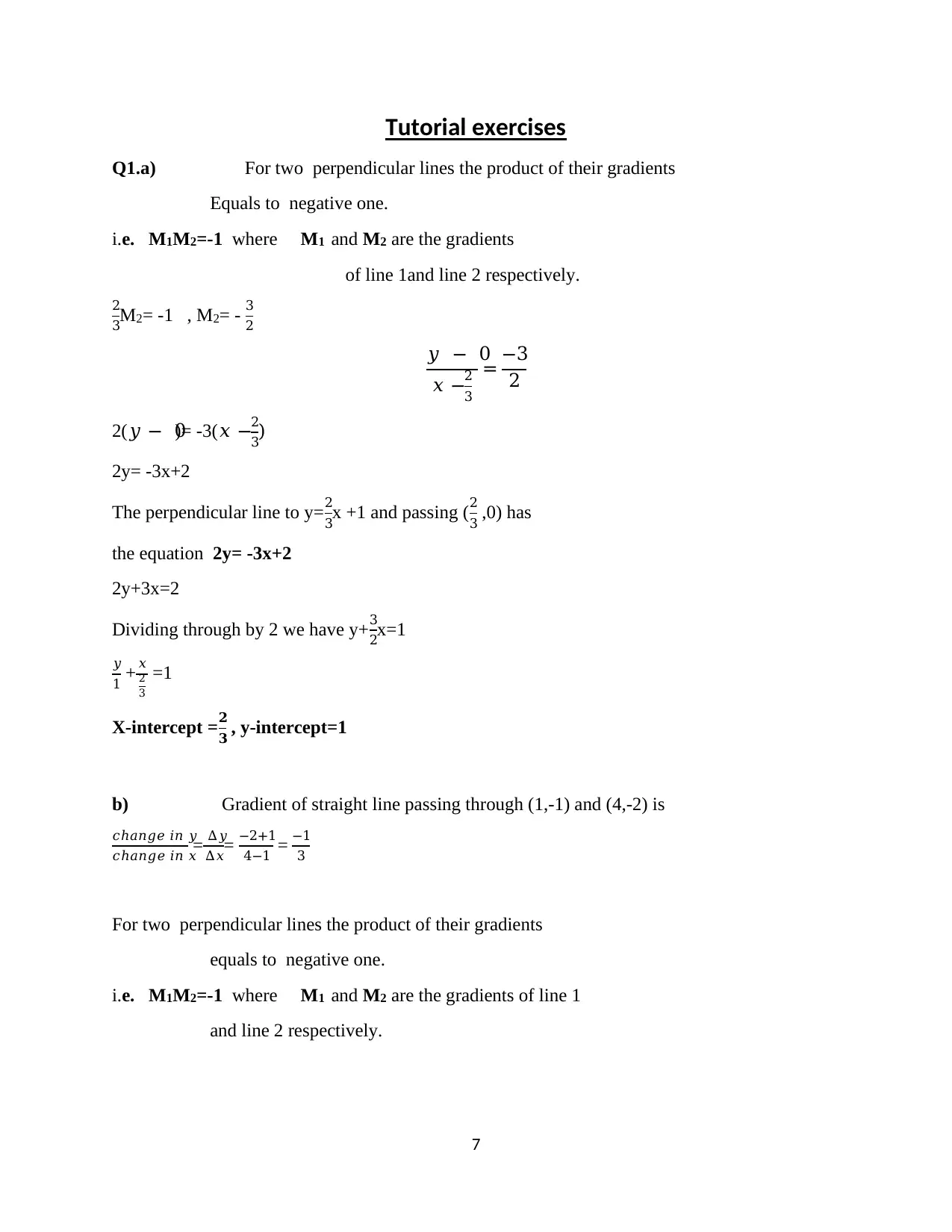
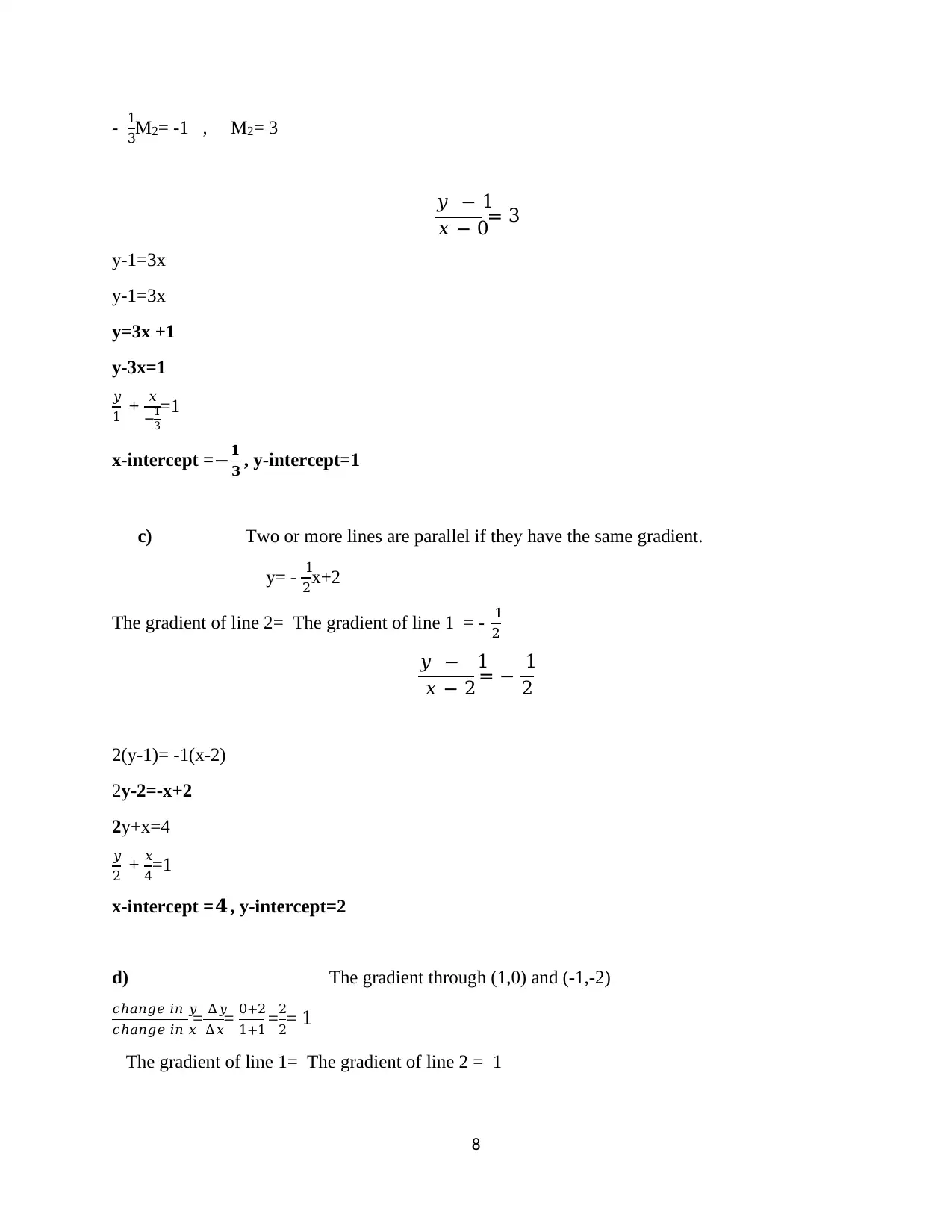
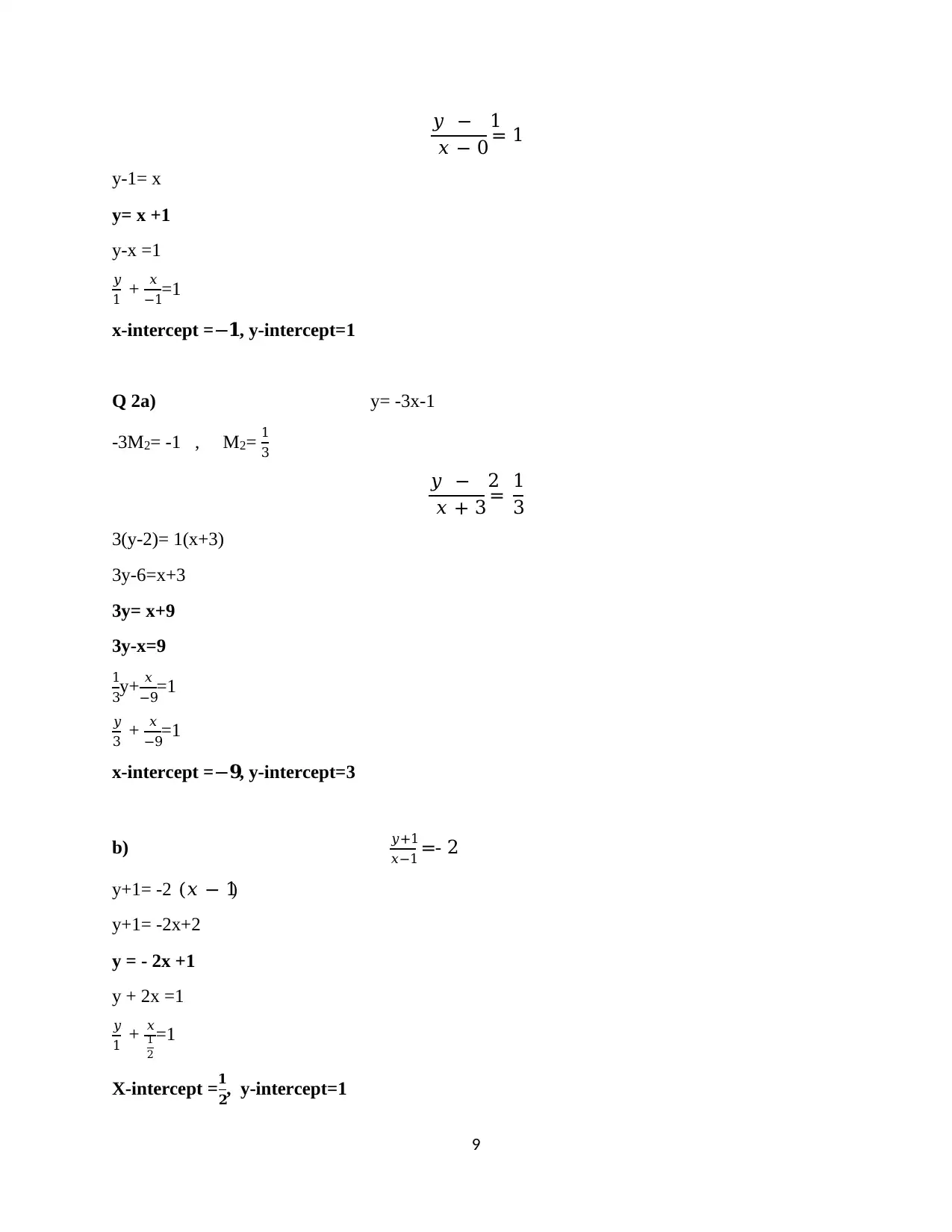
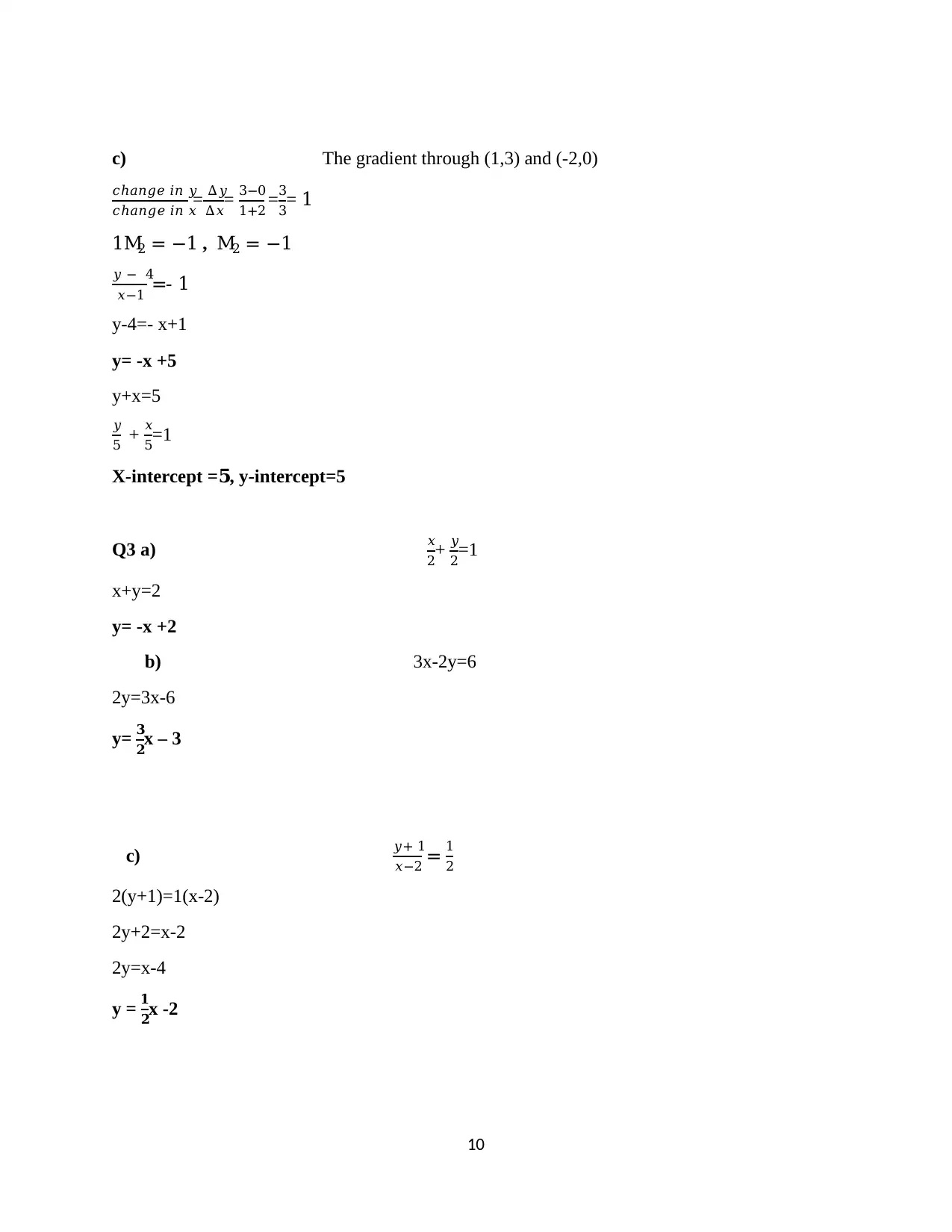
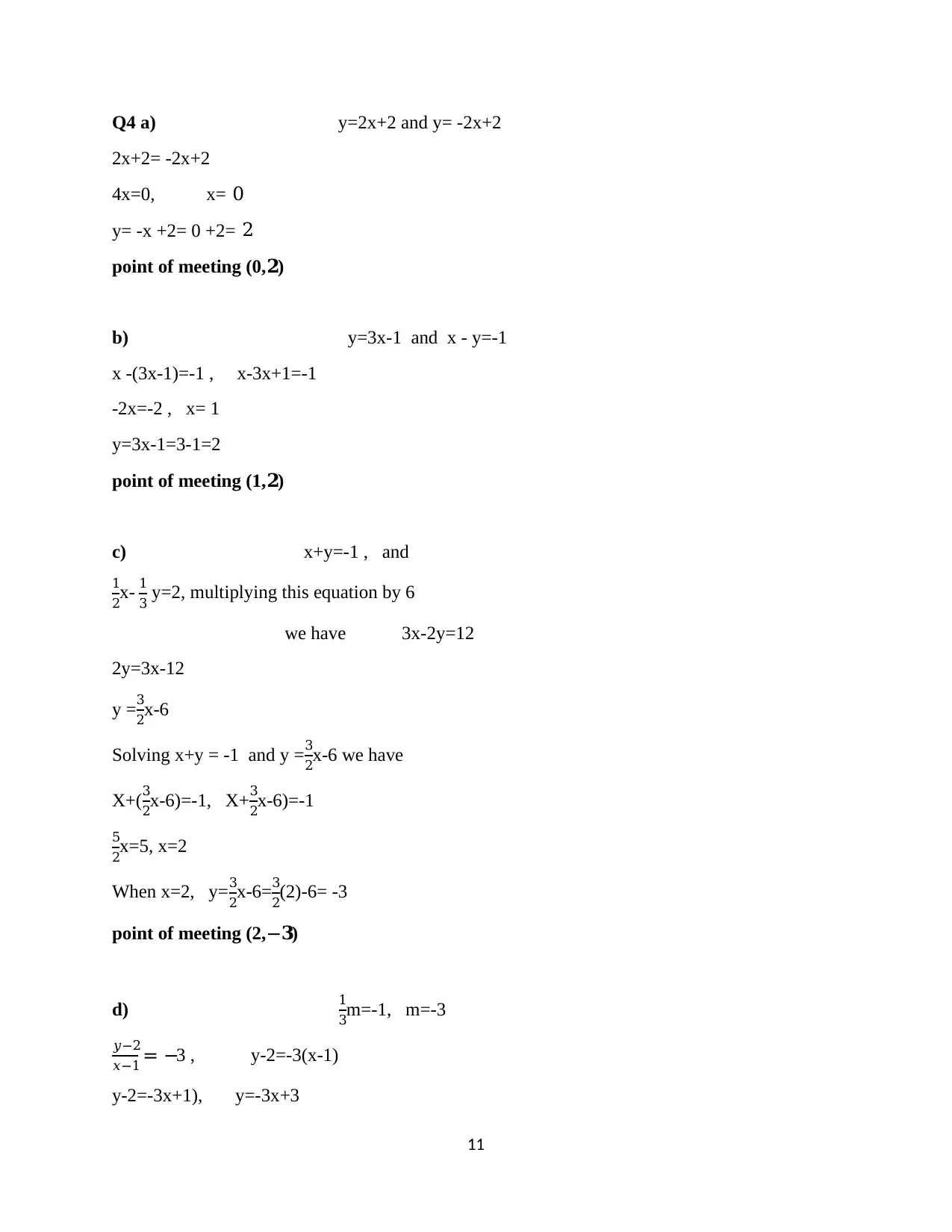
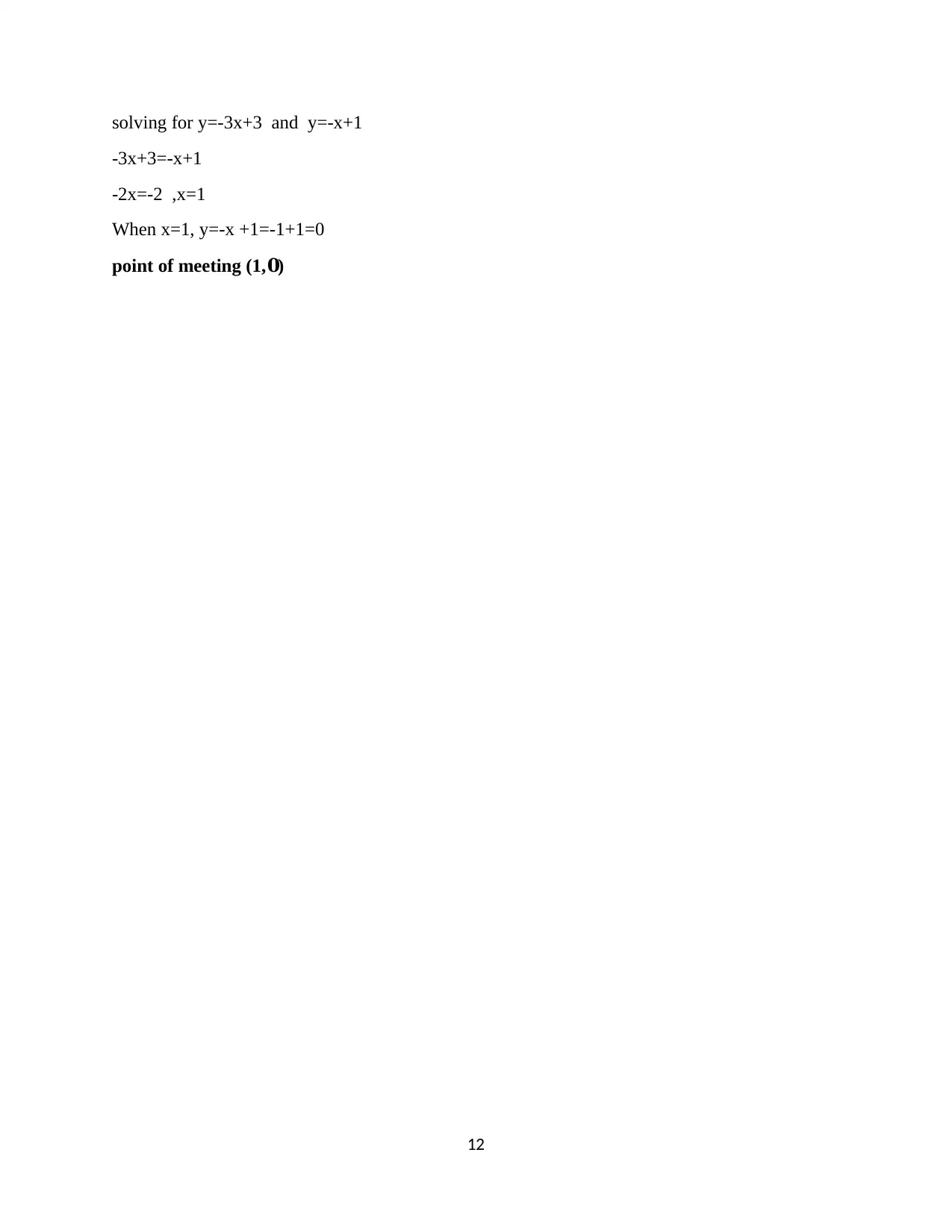






![[object Object]](/_next/static/media/star-bottom.7253800d.svg)